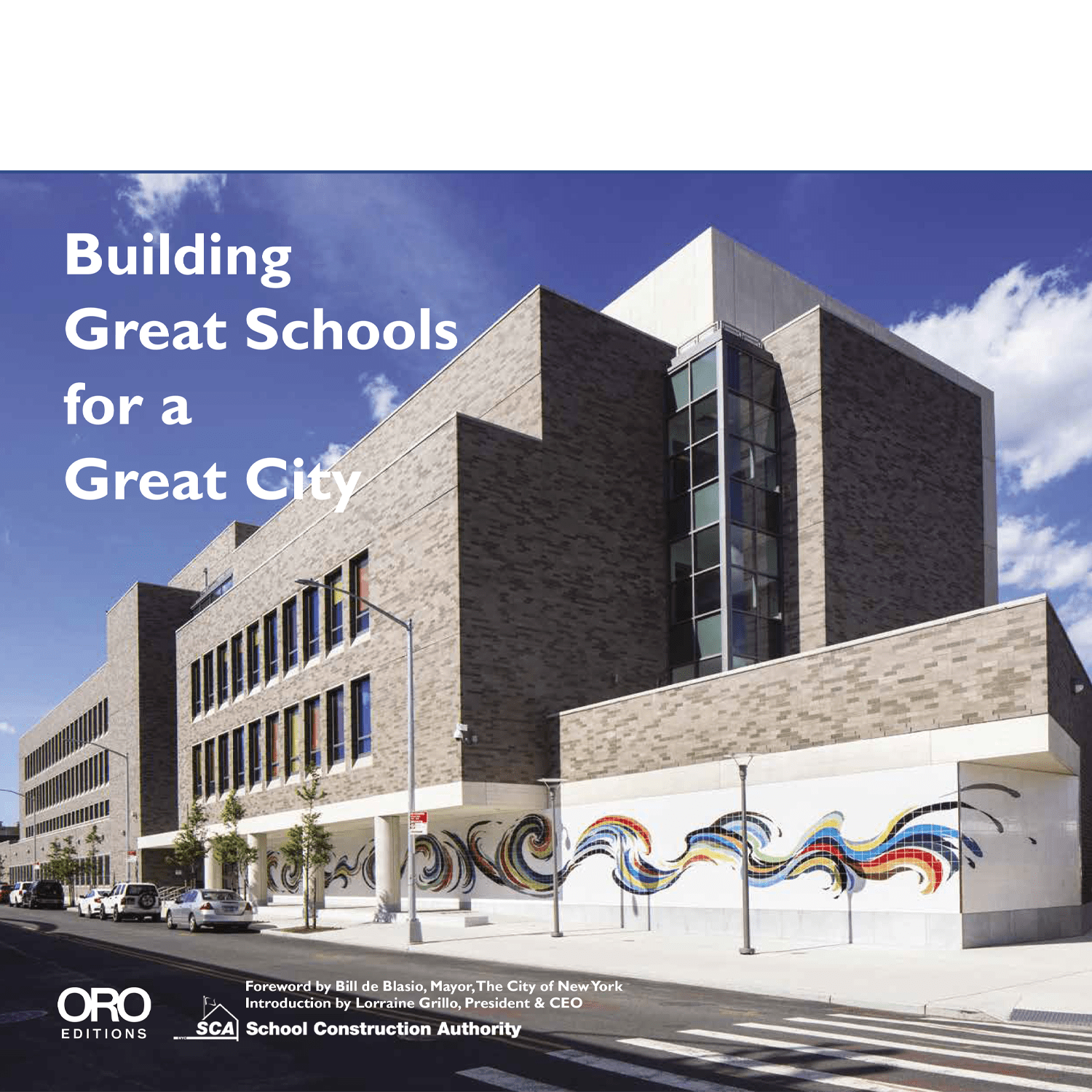The master plan’s designers defend the requirement for round buildings as a way to assure the overall identity of the campus while allowing many firms to participate. It also assures the continuity of open spaces, they say, despite the high density of development, with 3.2 million square feet of built space. Buildings are grouped around a circulation spine and connected by underground service galleries.
Architects have approached the challenge of building in the round with a variety of strategies. Some create a sense of movement and rotation in their works, such as Rafael De La-Hoz's Criminal Courts, where horizontal rings trace irregular orbits around the building, or Zaha Hadid's Civil Courts, a competition-winning design, whose perforated metal skin and angular styling seem ready for flight.
Foster and Partner's Provincial Court features organically shaped courtrooms organized around the central core like the petals of a flower, a strategy similar to Fernando Pino and Manuel García de Paredes' Courts of Administrative Conflicts. In the Superior Court, also by Foster, irregular, crystal-like domes on the roof house the seven courtrooms.
Other architects cut the cylindrical volume like a three-dimensional puzzle, removing pieces to create patios, terraces, and voids. This is the case in the Office of the Prosecutor by ICA Architecture, and the Accesses and Services Building, where Cano Lasso Studio and FRPO Nolaster further erode the cylinder by reducing the “puzzle” elements to ovoid forms.
For the Civil Registry, Ángel Borrego proposes a translucent dome, while the Institute of Forensic Medicine by Foreign Office Architect (FOA) has the shape of an inner tube, with a spherical atrium suspended in its center.
Other participating architects are the Madrid studios of Rubén Picado and María José De Blas (Dean's Office); De La-Hoz with Jaime Duró (Minors Court); and Luis Enguita and Paloma Lasso with Enrique Azpilicueta (Police Court). Rogers Stirk Harbour and Partners, formerly the Richard Rogers Partnership, is designing a parking garage and shopping center; Pei Cobb Freed, the Social and Mercantile Courts; and Frechilla and López-Peláez, the Central Heating Plant.
Although the project is unaffected as yet by the current economic crisis, it has recently run into controversy. In late November, Alejandro Zaera of FOA announced his withdrawal from the Forensic Medicine building, now under construction, in a dispute over the budget. Zaera sought a 53 percent increase on the original design-build contract, arguing that it had been underbid. He told the press that he was particularly offended to learn that the budget per square foot for Foster's buildings is nearly double, or about $265 per square foot. Zaha Hadid also is reportedly in negotiations to increase the budget for her project.
Correction: The Accesses and Services Building was designed by Cano Lasso Studio and FRPO Nolaster, not just Cano Lasso Studio as initially stated.


















